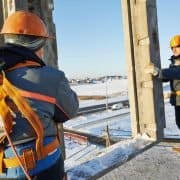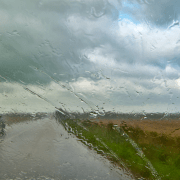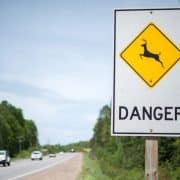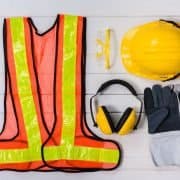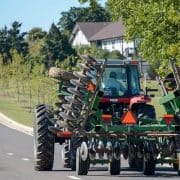Safety: Preparing for winter work
Working outside in the winter can be a dirty job, but many of us have to do it.
Are you ready for winter work?
Here are some reminders about dressing for the weather and staying strong, healthy and safe:
- Two big concerns of working or simply spending time outdoors in cold weather are frostbite and hypothermia. Hypothermia is a potentially fatal condition caused by loss of body temperature, even in winter conditions people might not consider particularly nasty. Symptoms include fatigue, nausea, confusion, light-headedness and profuse sweating.
- Wear the right gloves for the work you are doing. Gloves should have enough insulation to keep you warm and prevent frostbite, but be thin enough so you can feel what you are doing if you are manipulating controls or tools. Gloves which are too thick can also make your hands and wrists work too hard trying to hold on to objects, causing repetitive strain injury.
- Dress in layers of light-weight clothing which keep you warmer than a single layer of heavy clothes. Remove layers as necessary to prevent overheating and perspiring which can lead to chills or hypothermia later. Protect your ears from frostbite as well by wearing a hat that will cover your ears, or use ear muffs.
- Keep your safety eyewear from fogging up in the cold. Investigate anti-fog coatings and wipes to see if these products are appropriate for your eyewear.
- Your shoes or boots should have adequate tread to prevent slips and falls on wet or icy surfaces. Slow down when walking across slippery surfaces and be especially careful on ladders, platforms and stairways.
- Get plenty of rest. Working in the cold and even traveling to and from work in the winter takes lots of energy. Cold weather can strain your heart, even if you aren’t overexerting yourself, so be sure to pace yourself when lifting heavy objects or shovelling snow.
Work safe. Farm safe. Home safe.™

